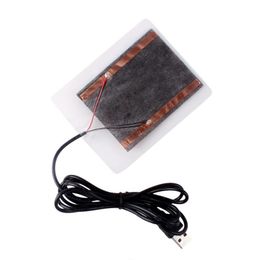Hi, I'm back with another terrible idea. Hopefully, not as bad as my other thread about hot-glueing 2 critter keepers together.
Long story short, I'm trying to consolidate my 14 male bettas into divided tanks and save $ on the power bill and free up some valuable power outlet realestate....
I have some in plastic shoe totes sharing a reptile heat pad which I have on a timer for 15 mins every hour. This gives me a stable temp. It works fine on plastic, and I assume it would be ok with critter keepers as well.
But what if a small 3" x 3" heat pad on a small 2.5g or 5g glass tank?
I was thinking:
![Image]()
and
![Image]()
and
![Image]()
*I already did this with usb LED strips so I know it works. Worried about glass cracking though. But it's on small tank? Hm.
Long story short, I'm trying to consolidate my 14 male bettas into divided tanks and save $ on the power bill and free up some valuable power outlet realestate....
I have some in plastic shoe totes sharing a reptile heat pad which I have on a timer for 15 mins every hour. This gives me a stable temp. It works fine on plastic, and I assume it would be ok with critter keepers as well.
But what if a small 3" x 3" heat pad on a small 2.5g or 5g glass tank?
I was thinking:



*I already did this with usb LED strips so I know it works. Worried about glass cracking though. But it's on small tank? Hm.




